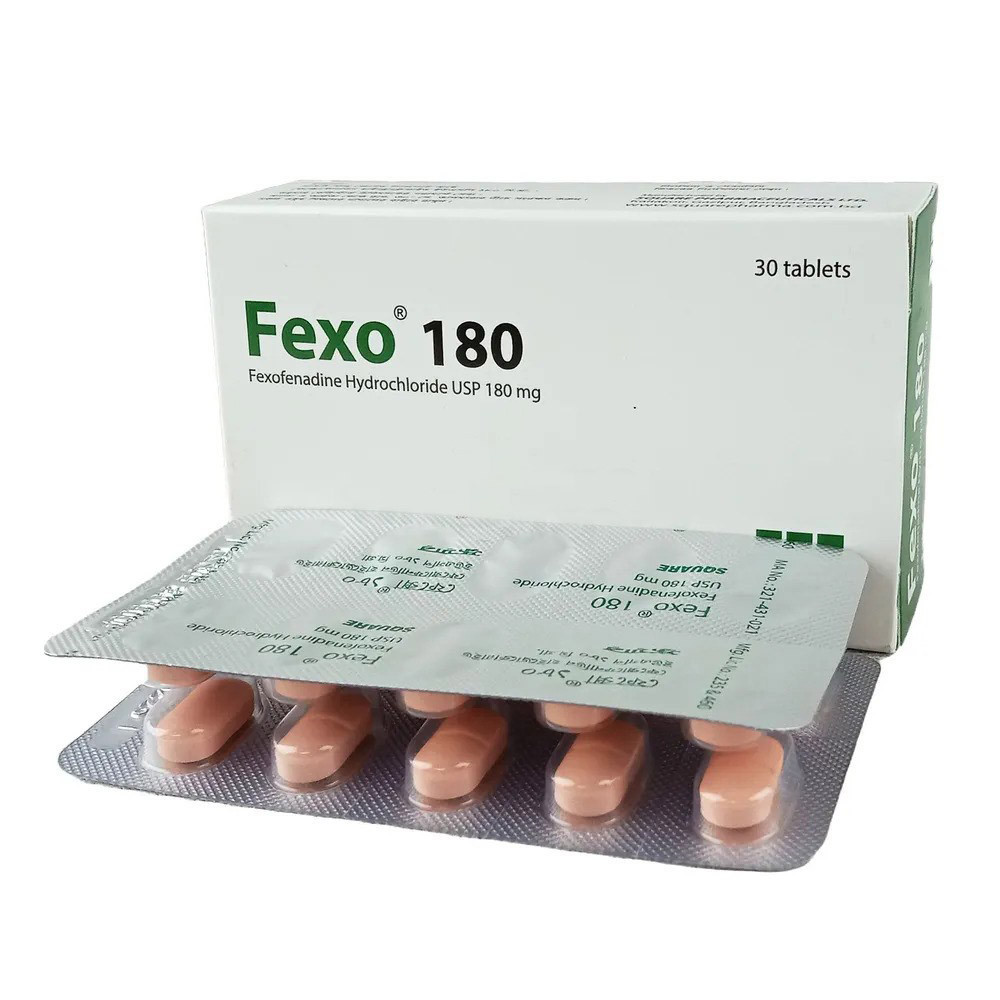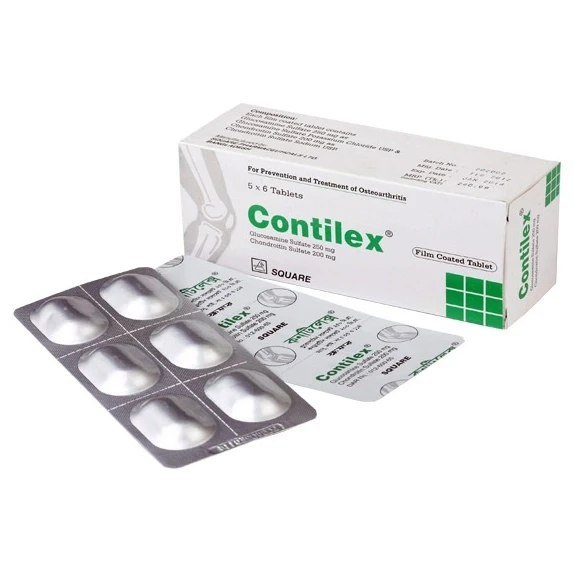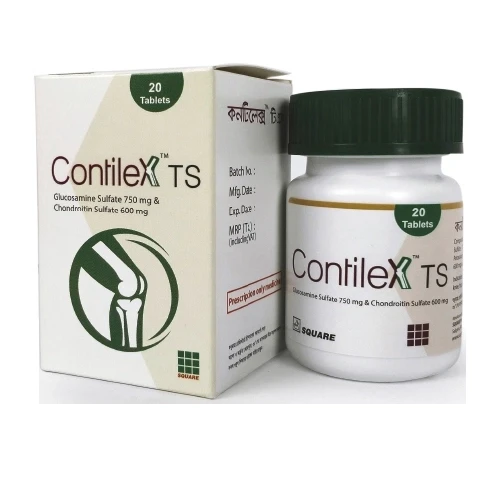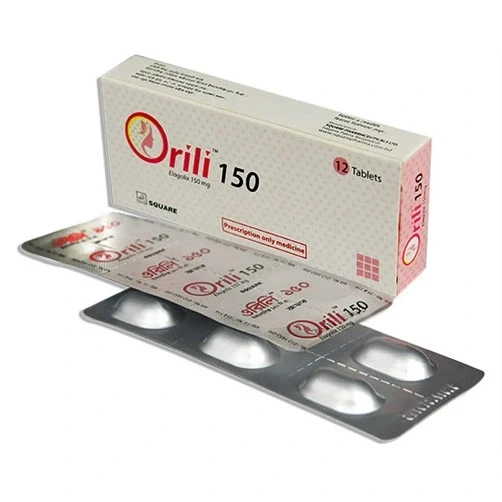

Loracef Pediatric Drops 15ml, Cefaclor Monohydrate 125 mg/1.25 ml
Inhouse product
-
৳11.40
৳12.00 -
৳42.75
৳45.00 -
৳16.63
৳17.50 -
৳2.14
৳2.25
Reviews & Ratings
Indications
Loracef is indicated for the treatment of the
following infections:
- Respiratory tract infections, including pneumonia,
bronchitis, caused by Streptococcus Pneumoniae, Haemophilus Influenzae,
and Streptococcus Pyogenes
- Otitis media caused by Streptococcus pneumoniae,
Haemophilus influenzae, Staphylococci, and Streptococcus pyogenes
- Pharyngitis and Tonsillitis, caused by Streptococcus
pyogenes
- Urinary tract infections, including pyelonephritis and
cystitis, caused by Escherichia coli, Proteus mirabilis, Klebsiella spp.,
and coagulase-negative Staphylococci
- Skin and skin structure infections caused by
Staphylococcus aureus and Streptococcus pyogenes.
* রেজিস্টার্ড চিকিৎসকের পরামর্শ মোতাবেক ঔষধ সেবন করুন'
Pharmacology
Cefaclor is a second generation cephalosporin
antibiotic which has stability against b-lactamase inactivation and possesses a
broad spectrum of activity. Cefaclor is active against the following organisms
in vitro: Alpha and beta haemolytic Streptococci, Staphylococci; including
coagulase-positive, coagulase negative and penicillinase-producing strains,
Streptococcus pneumoniae, Streptococcus pyogenes (Group A b-haemolytic
Streptococci), Branhamella catarrhalis, Escherichia coli, Proteus mirabilis,
Klebsiella species Haemophilus influenzae, including ampicillin-resistant
strains. Cefaclor is generally effective in the eradication of Streptococci
from the nasopharynx.
Dosage & Administration
Capsule: Adult dose: The usual dose is 250 mg every 8 hourly. For
severe infections or those caused by less susceptible organisms, doses may be
doubled with a maximum dosage of 4 g/day. In case of β-hemolytic Streptococcal
infections, therapy should be administered for at least 10 days.
Powder for suspension
& Pediatric drops: Children: The usual daily dosage for paediatric patients over 1 month is
20 mg/kg/day in divided doses every 8 hours. In serious infections such as
otitis media and infections caused by less susceptible organisms, 40 mg/kg/day
are recommended, with a maximum dosage of 1 g/day. Safety and effectiveness of
Cefaclor for use in infants less than 1 month of age have not been established.
<1 year (9 kg):
- Powder for suspension: ½ tsp three times daily
- Pediatric drops: 0.625 ml three times daily
1-5 years (9 kg-18
kg):
- Powder for suspension: 1 tsp three times daily
- Pediatric drops: 1.25 ml three times daily
Over 5 years:
- Powder for suspension: 2 tsp three times daily
In renal impairment: Cefaclor may be administered in the presence
of impaired renal function. Dose adjustments for patients with moderate or
sever renal impairment are not usually required.
In patients undergoing
haemodialysis: Haemodialysis
shortens serum half-life by 25-30%. In patients undergoing haemodialysis, a
predialysis loading dose of 250 mg-1 g is recommended. A maintaining dose of
250-500 mg every 6 hourly during interdialytic period may be used.
Geriatric use: Clinical experience has not identified
differences in responses between the elderly and younger patients, but greater
sensitivity of some older individuals cannot be ruled out.
* রেজিস্টার্ড চিকিৎসকের পরামর্শ মোতাবেক ঔষধ সেবন করুন'
Interaction
Loracef may show a false-positive reaction for
glucose in the urine with tests that use Benedict's solution, Fehling's
solutions. When Loracef and oral anticoagulants were administered concomitantly
there have been reports of increased anticoagulant effect and there have been
rare reports of increased prothrombin time, with or without clinical bleeding,
in patients receiving Loracef and anticoagulants (Warfarin) concomitantly. It
is recommended that in such patients, regular monitoring of prothrombin time should
be considered, with adjustment of dosage if necessary.
Contraindications
Cefaclor is contraindicated in patients with
known allergy to the Cephalosporin group of antibiotics.
Side Effects
Gastro-intestinal symptoms may occur include
diarrhea, nausea and vomiting in some patients receiving Loracef. As with some
penicillins and some other Cephalosporins, transient hepatitis and cholestatic
jaundice have been reported rarely. Fever, abdominal pain, superinfection,
renal dysfunction, toxic nephropathy, hemorrhage, elevated LDH and pancytopenia
may occur.
Pregnancy & Lactation
There are no adequate and well-controlled
studies in pregnant women. This drug should be used during pregnancy only if clearly
needed. Small amounts of Cefaclor have been detected in mother's milk. The
effect on nursing infants is not known. Caution should be exercised when
Cefaclor is administered to a nursing woman.
Precautions & Warnings
Prescribing Loracef in the absence of a proven
or strongly suspected bacterial infection or a prophylactic indication is
unlikely to provide benefit to the patient and increases the risk of the
development of drug-resistant bacteria.
Prolonged use of Loracef may result in the overgrowth of nonsusceptible
organisms. If superinfection occurs during therapy, appropriate measures should
be taken. As with other β-lactam antibiotics, the renal excretion of Loracef is
inhibited by Probenecid. Antibiotics, including Cephalosporins, should be prescribed
with caution in individuals with a history of gastrointestinal disease,
particularly colitis.
Before therapy with Loracef is instituted, careful inquiry should be made to
determine whether the patient has had previous hypersensitivity reactions to Loracef,
Cephalosporins, Penicillins or other drugs. If Loracef is to be given to
penicillin-sensitive patients, caution should be exercised. Loracef should be
administered cautiously to any patient who has demonstrated some form of
allergy, particularly to drugs.
Overdose Effects
The toxic symptoms following an overdose of
Loracef may include nausea, vomiting, epigastric distress, and diarrhea.
Therapeutic Class
Second generation Cephalosporins
Reconstitution
Powder for Suspension: Shake the bottle well before mixing the
water. To prepare 100 ml suspension, add 62.5 ml (12.5 spoonfuls) of boiled
& cooled water in two portions and shake till powder is completely mixed
with water. The prepared suspension can be used within 7 days if it is stored
at room temperature and 14 days if it is kept in refrigerator.
Pediatric Drops: Shake the bottle well before mixing the
water. To prepare 15 ml pediatric drops, add 10 ml (2 spoonfuls) of boiled
& cooled water in two portions and shake till powder is completely mixed
with water. The prepared drops can be used within 7 days if it is stored at
room temperature and 14 days if it is kept in refrigerator.
Storage Conditions
Store at room temperature and protect from
light. After reconstitution the suspension can be used within 7 days if kept at
room temperature and within 14 days if kept in refrigerator (2-8°C). Always
keep the bottle tightly closed.
Frequently Bought Products
Silofit Capsule, Silodosin 8 mg
Ertaco Cream 20 gm tube, Sertaconazole Nitrate [Topical] 2%
Triforce IV Infusion, Ceftriaxone Sodium 1 gm/vial
Enocam Tablet (10 tablets Strip), Tenoxicam 20 mg
Fodexil Capsule, Cefadroxil Monohydrate 500 mg
Fluzin Tablet, Flunarizine 10 mg
Orili Tablet, Elagolix Sodium 150 mg
Product Queries (0)
Login Or Registerto submit your questions to seller
Other Questions
No none asked to seller yet
-
৳11.40
৳12.00 -
৳42.75
৳45.00 -
৳16.63
৳17.50 -
৳2.14
৳2.25







![Ertaco Cream 20 gm tube, Sertaconazole Nitrate [Topical] 2%](https://www.skpharma.com.bd/public/uploads/all/8NgS13d27o2Dcjf63bhvIMEBcFeeGIhGXcOxlE15.webp)









